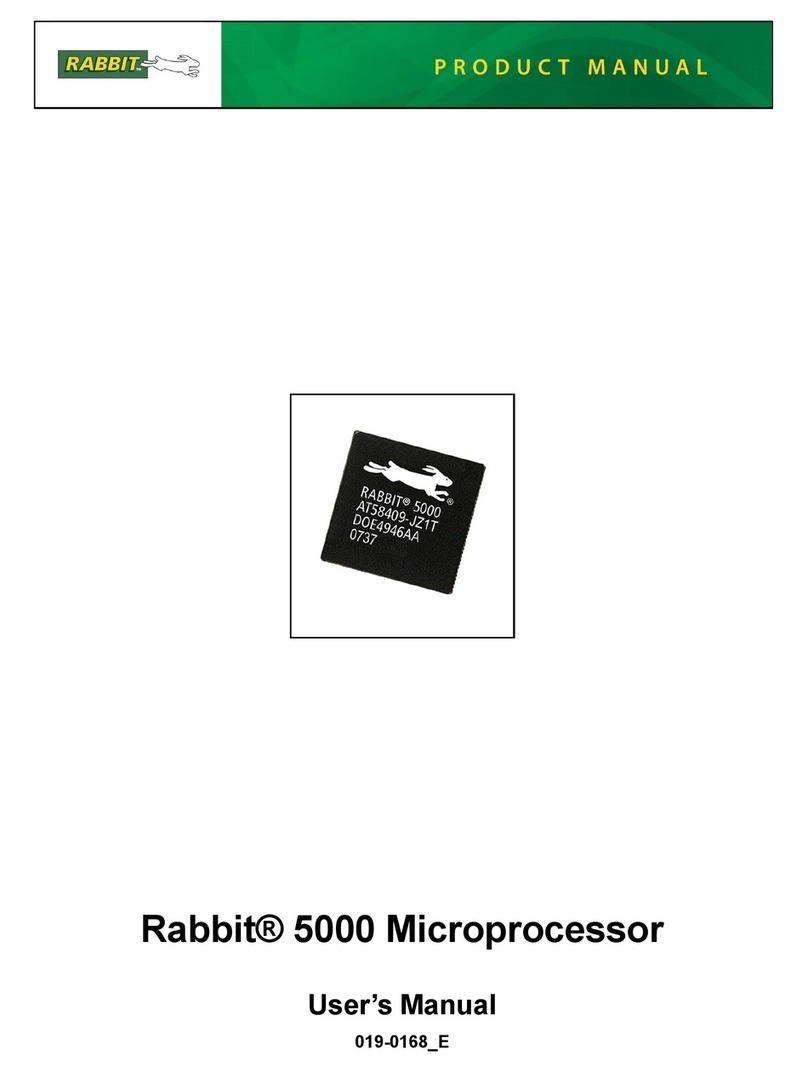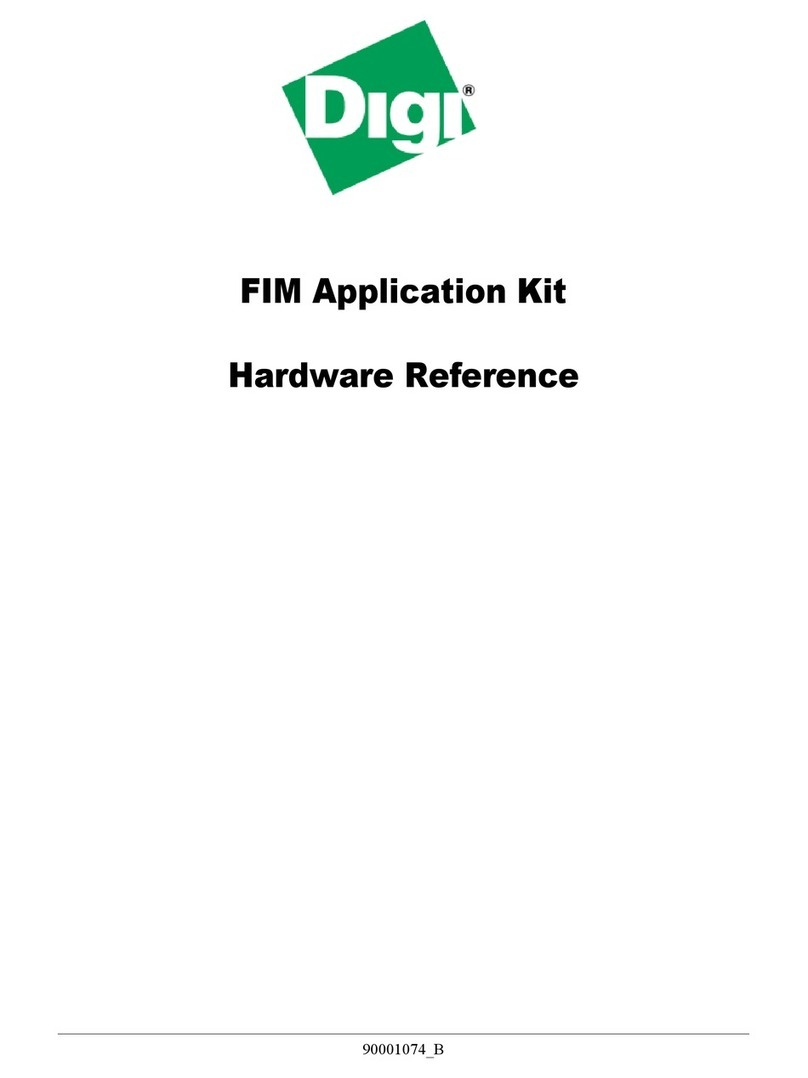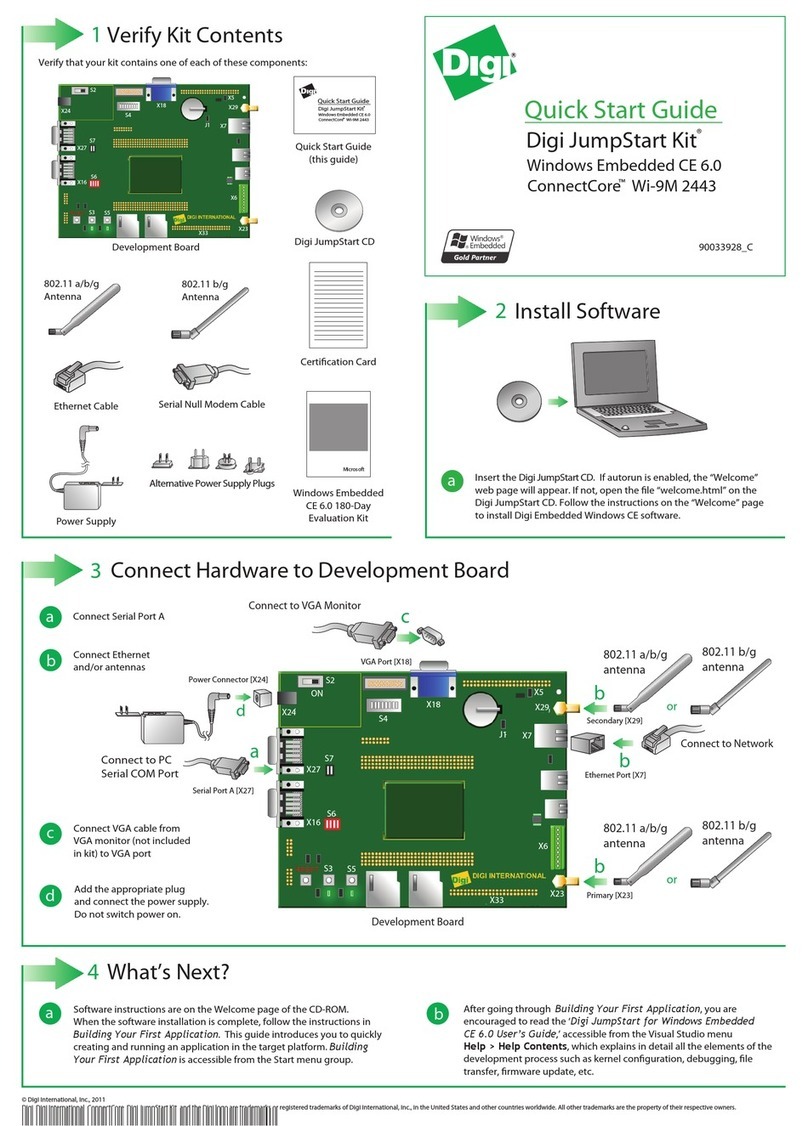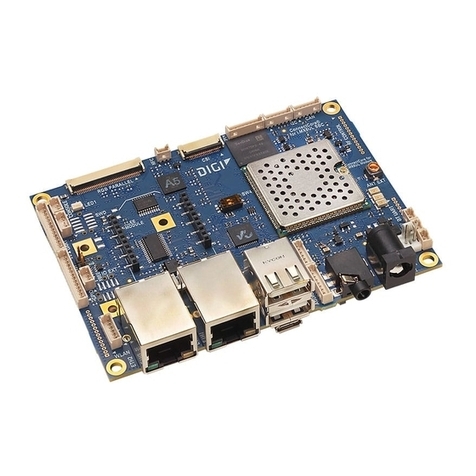Digi SYNC/570i User manual
Other Digi Computer Hardware manuals
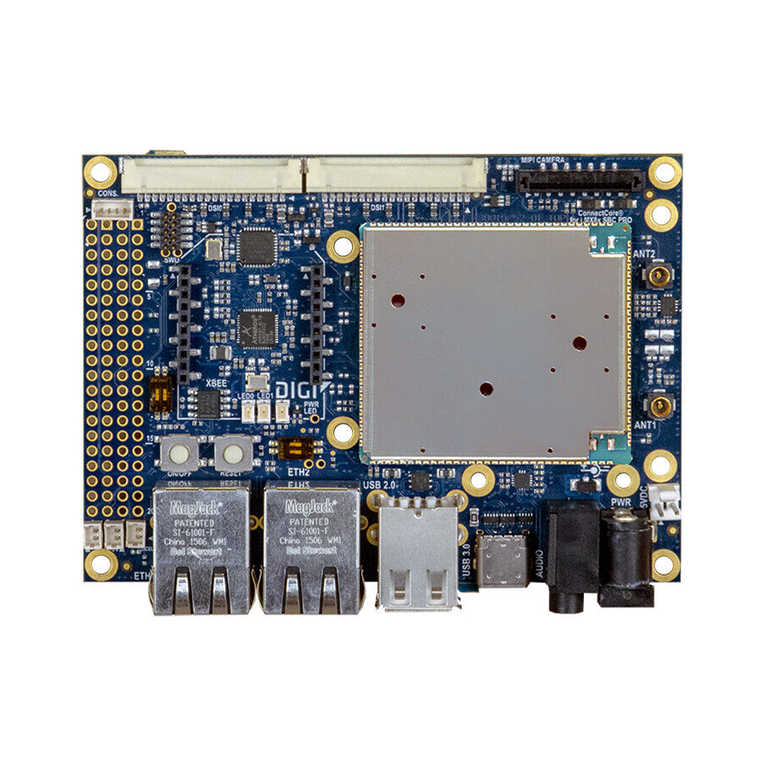
Digi
Digi ConnectCore 8X Quick user guide
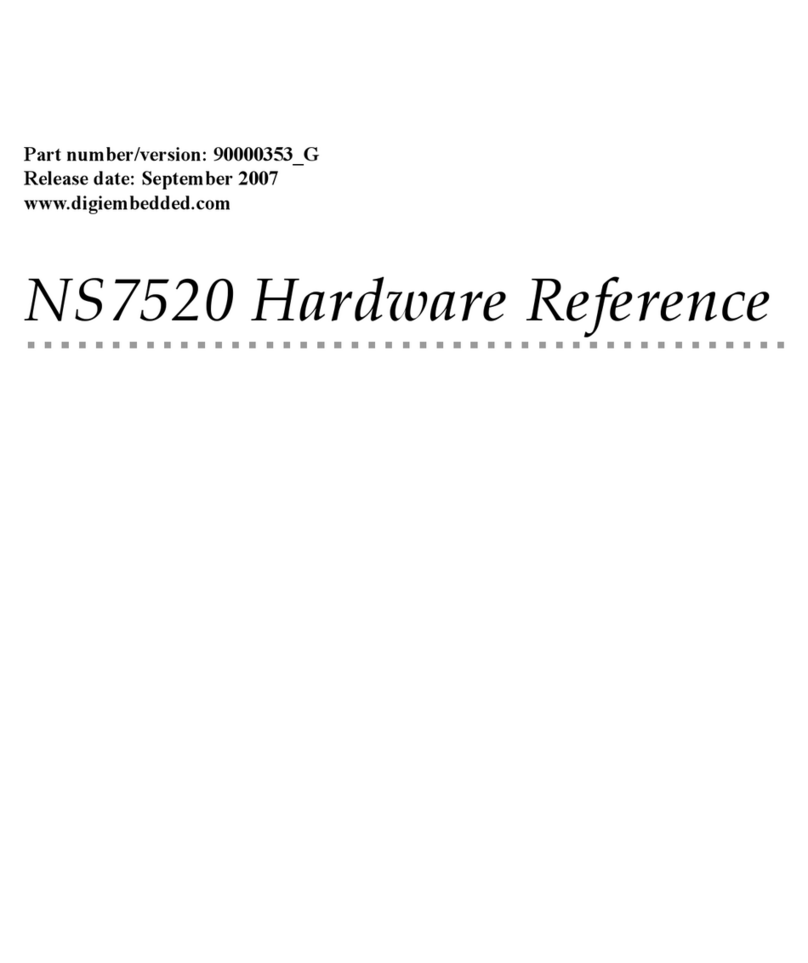
Digi
Digi NS7520B-1-C36 Application guide
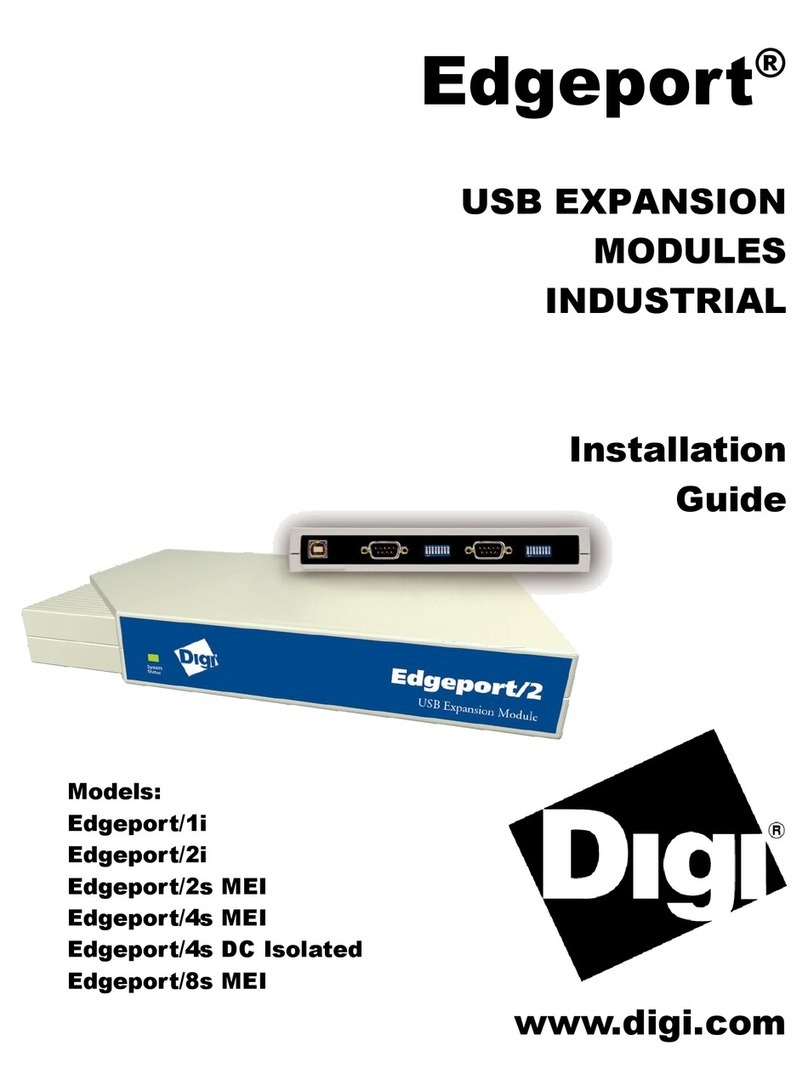
Digi
Digi Edgeport/1i User manual
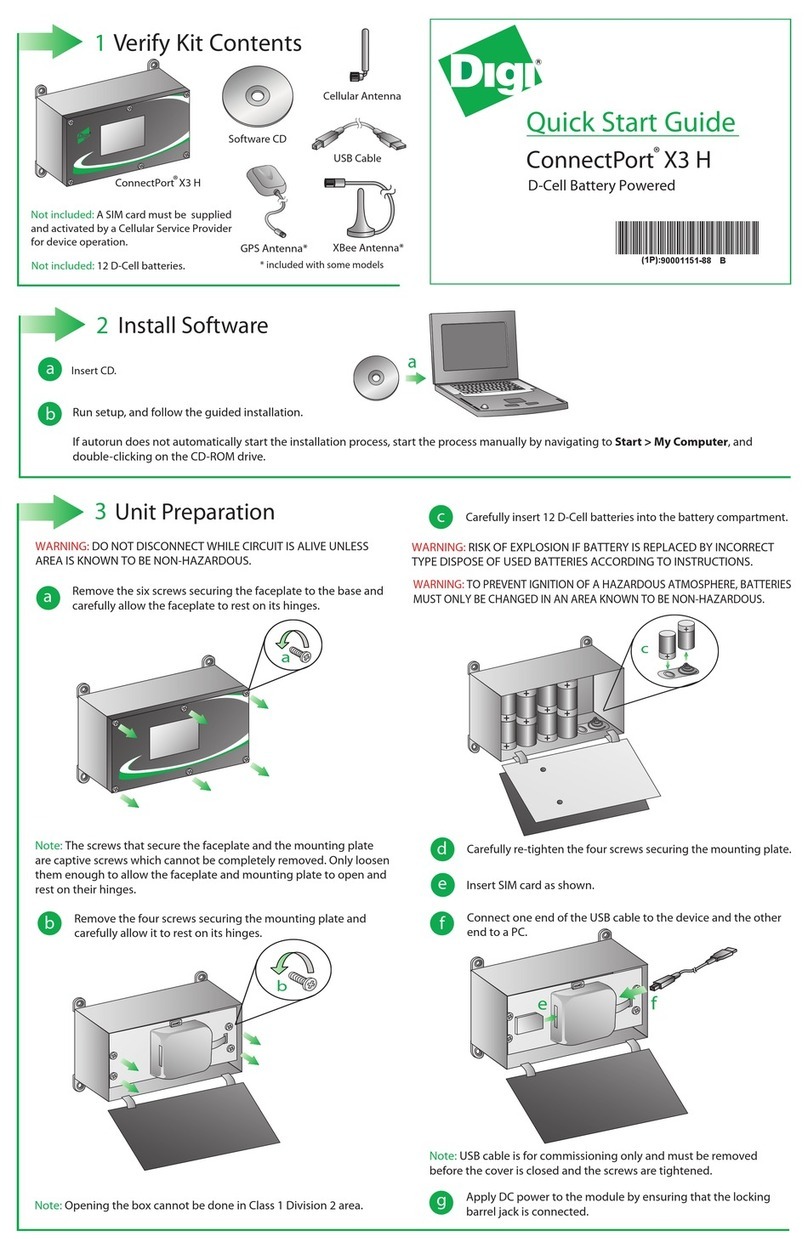
Digi
Digi ConnectPort X3 H User manual
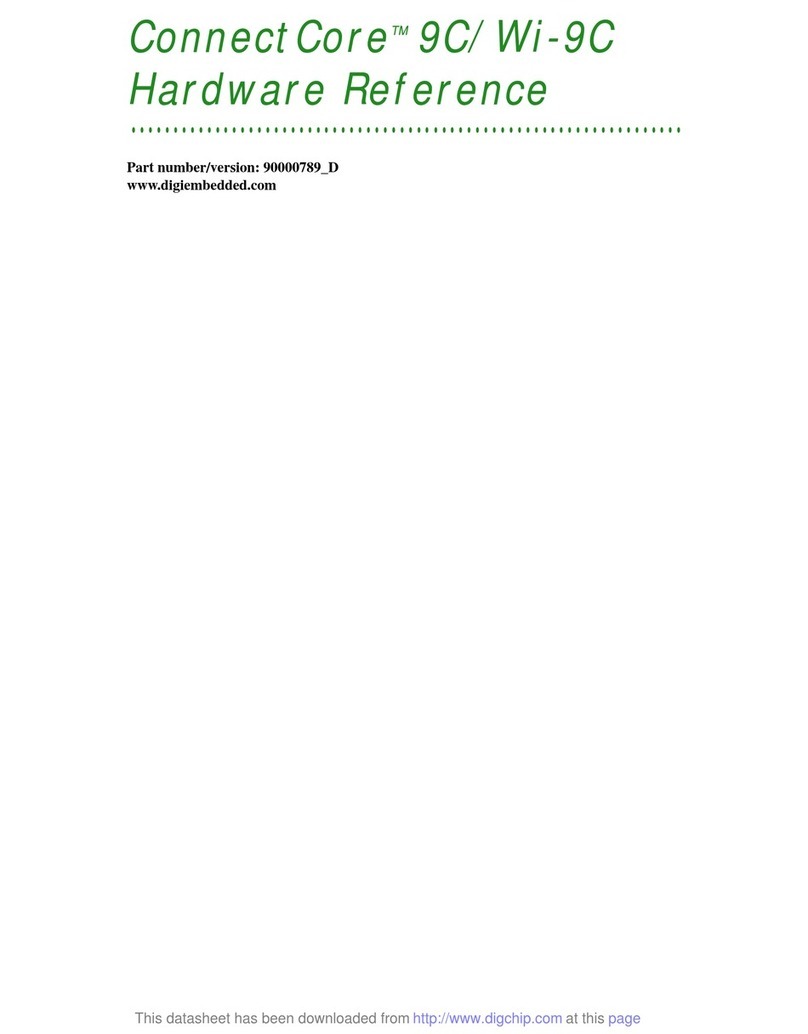
Digi
Digi ConnectCore 9C Application guide
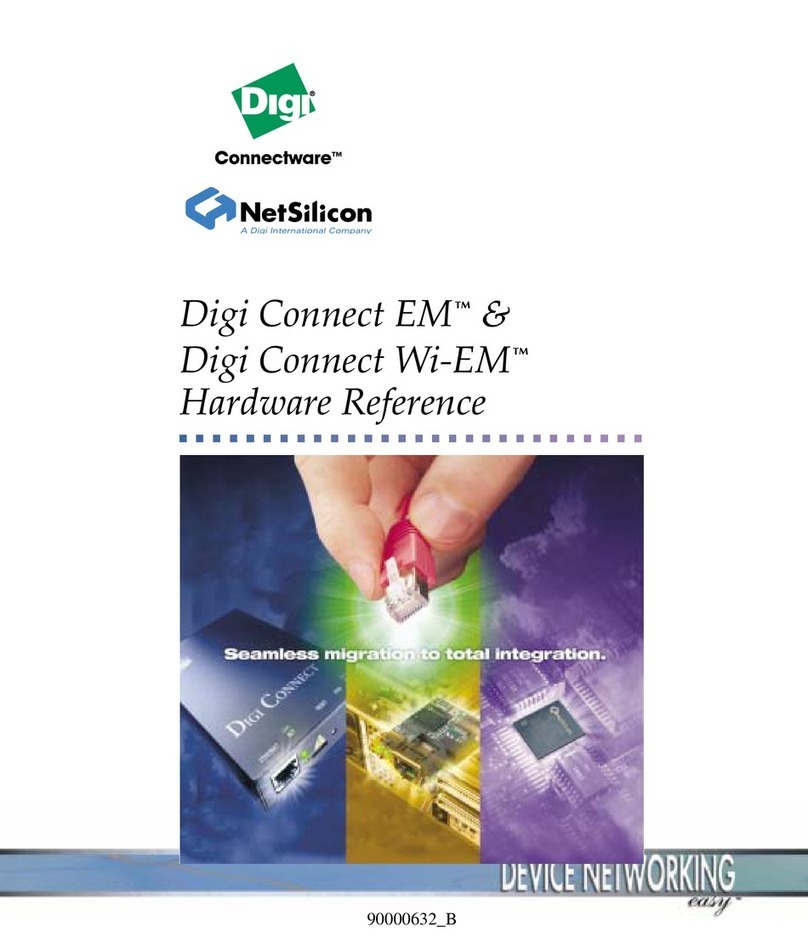
Digi
Digi Digi One EM Application guide
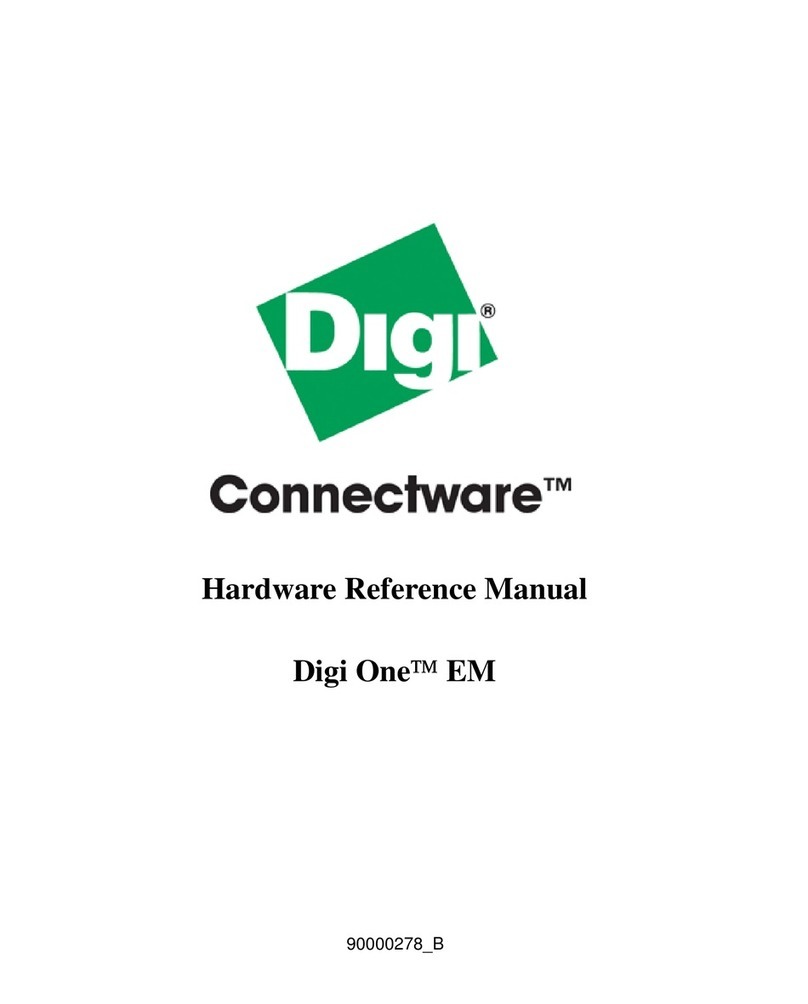
Digi
Digi Digi One EM Quick user guide

Digi
Digi NS9215 Application guide
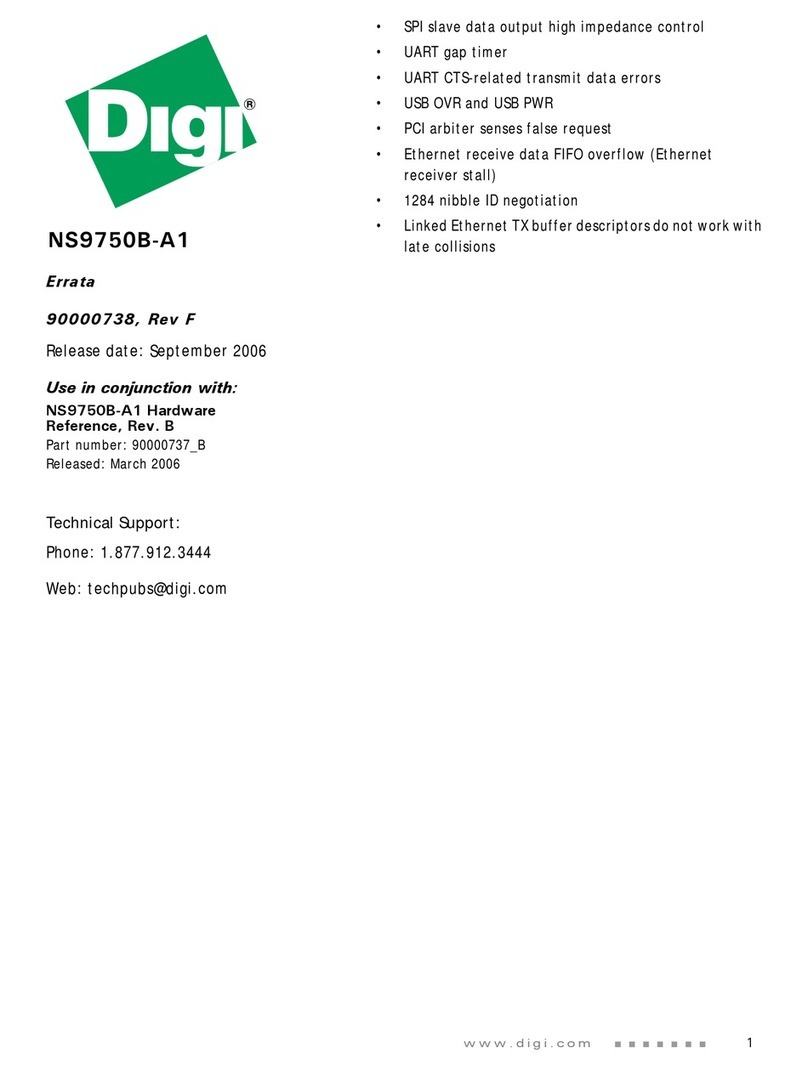
Digi
Digi Errata NS9750B-A1 User manual
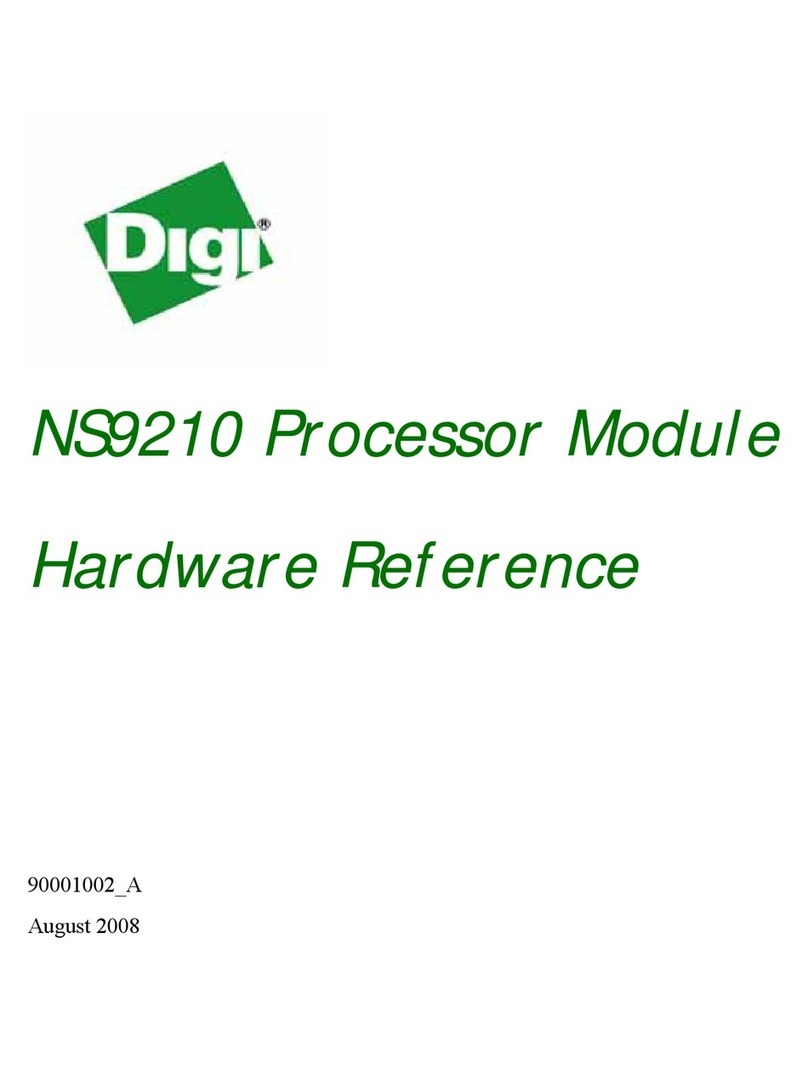
Digi
Digi NS9210 Application guide
Popular Computer Hardware manuals by other brands

Toshiba
Toshiba TOSVERT VF-MB1/S15 IPE002Z Function manual

Shenzhen
Shenzhen MEITRACK MVT380 user guide

TRENDnet
TRENDnet TEW-601PC - SUPER G MIMO WRLS PC CARD user guide

StarTech.com
StarTech.com CF2IDE18 instruction manual

Texas Instruments
Texas Instruments LMH0318 Programmer's guide

Gateway
Gateway 8510946 user guide

Sierra Wireless
Sierra Wireless Sierra Wireless AirCard 890 quick start guide

Leadtek
Leadtek Killer Xeno Pro Quick installation guide

Star Cooperation
Star Cooperation FlexTiny 3 Series Instructions for use

Hotone
Hotone Ampero user manual

Connect Tech
Connect Tech Xtreme/104-Express user manual

Yealink
Yealink WF50 user guide
